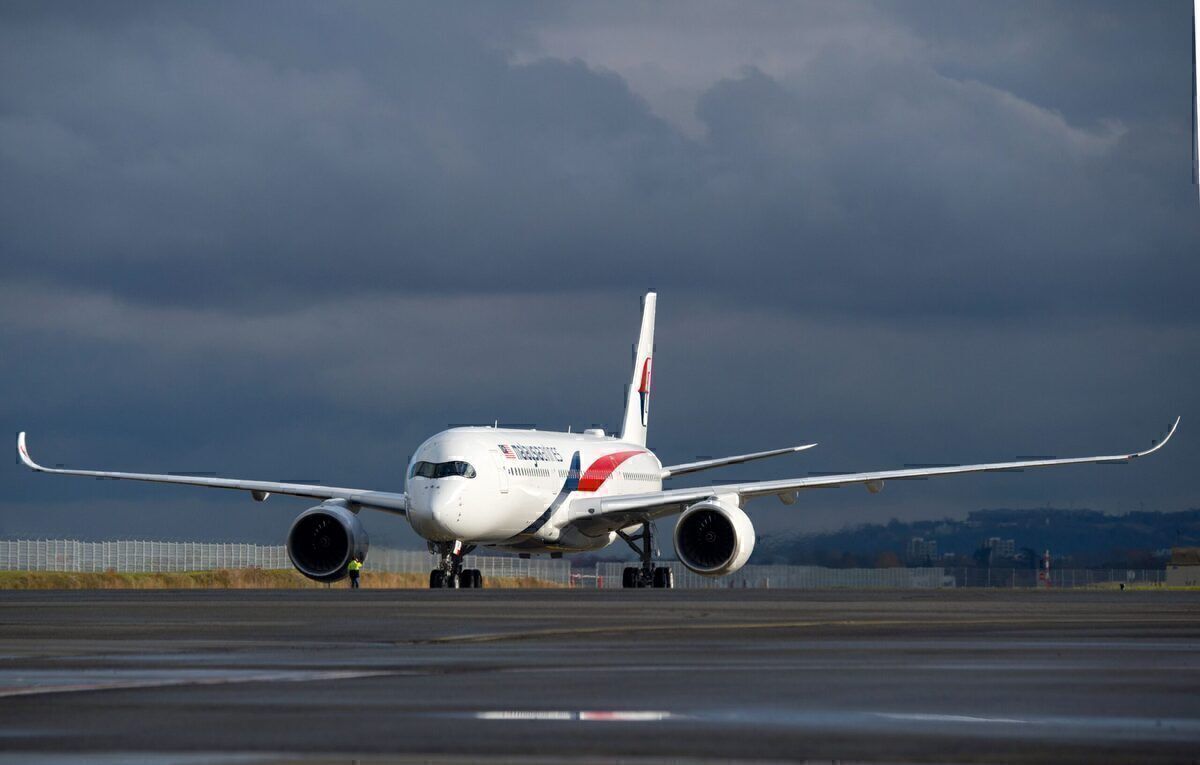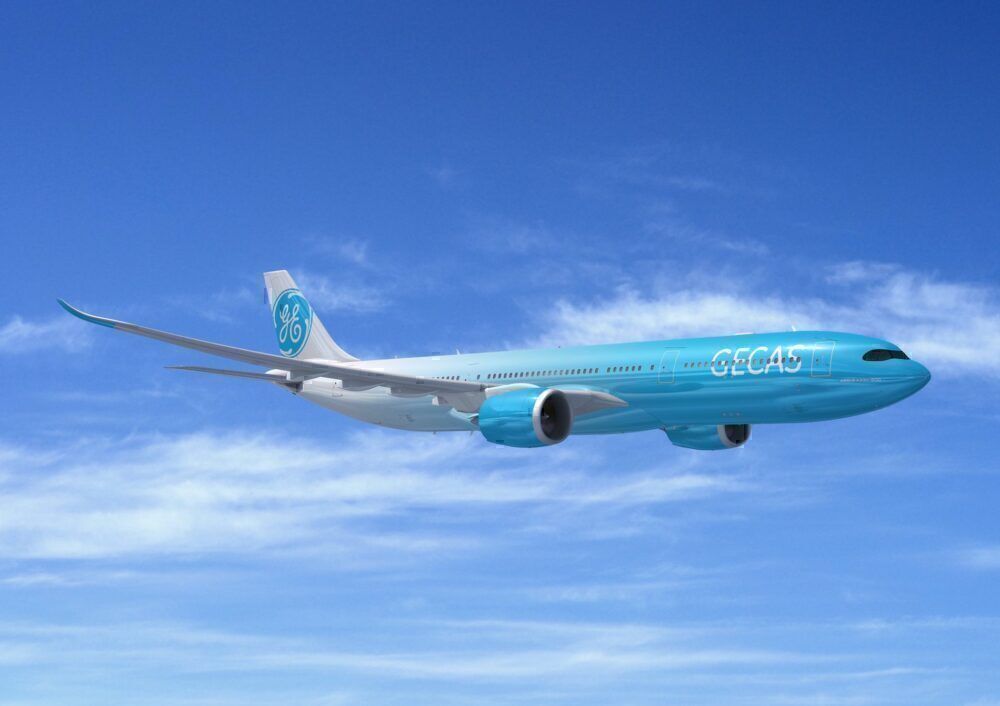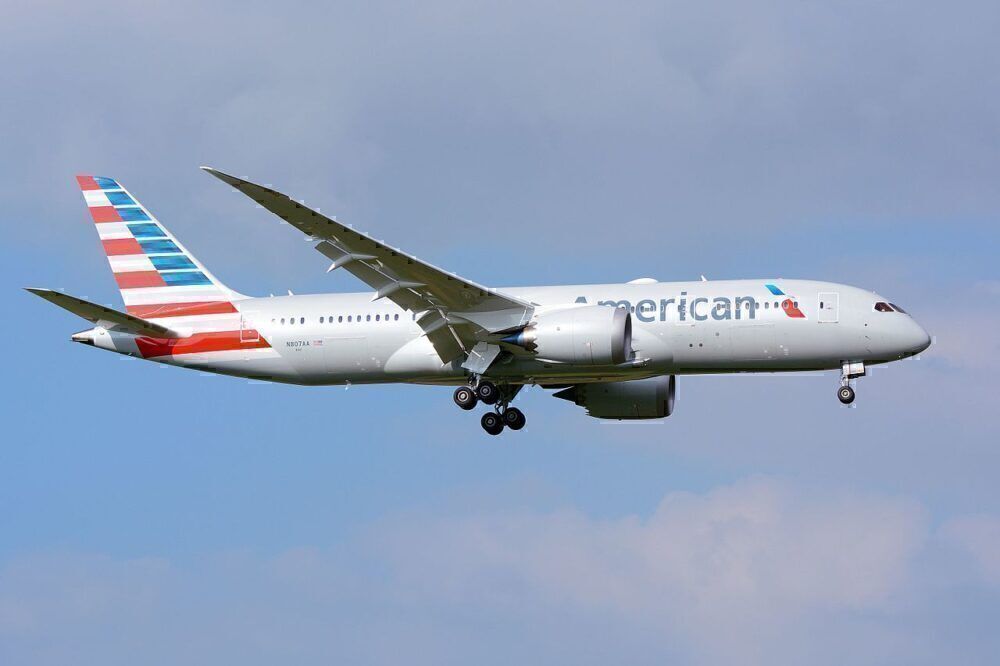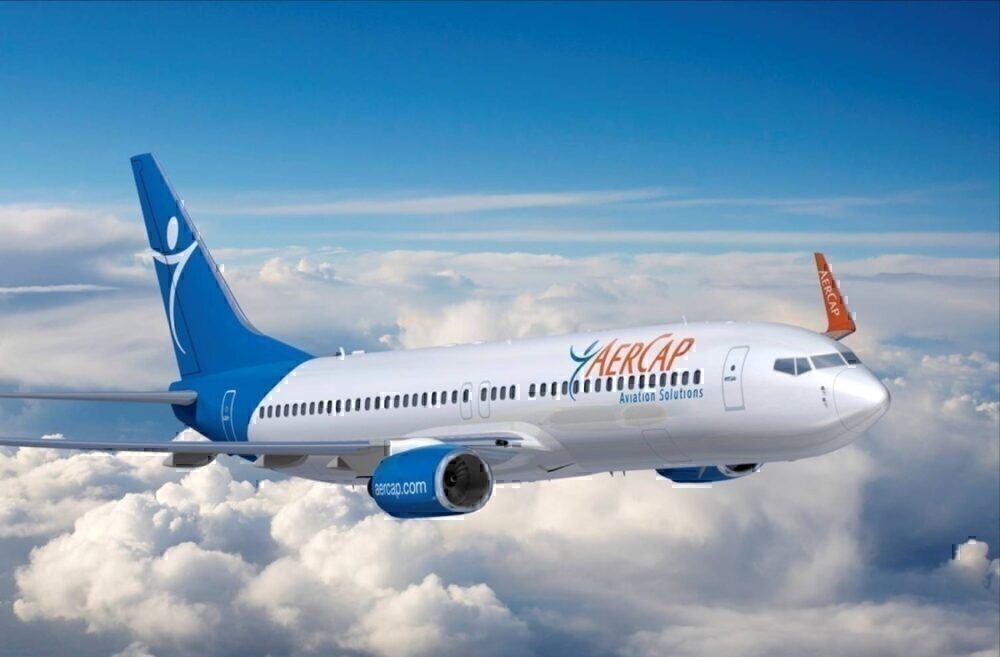Leasing versus ownership can be one of those difficult-to-make decisions - and not just for airlines. It's something to think about with our personal automobiles and even homes too. Of course, when it comes to aviation, leasing an aircraft is one way to build an airline's fleet - even if it costs more in the long run. Let's look at why a carrier might choose to lease aircraft while others would prefer to buy them outright.
An initial introduction
Before we begin, it would be good to give a quick introduction to what aircraft leasing and ownership entail.
Like you would buy any item at a shop, airlines are able to purchase aircraft directly from the manufacturer. This is aircraft ownership. With large enough cash reserves, this may be as easy as just paying installments to Airbus or Boeing as per the schedule. Alternately, it may involve a bank loan or financing from investors, but at the end of the day, as long as payments are maintained, the aircraft belong to the airline.
Leasing means that another company is the intermediary that itself owns the aircraft. The airline is paying a set amount per month or year to use the jet under its own brand and usually under its own livery. But at the end of the day, once the lease term is done, the aircraft will return to its owner.
The benefits of leasing an aircraft
As we have noted in previous articles, the topic of aircraft leasing does not get the attention it deserves, especially given its prevalence in the aviation industry. The heavy financial burden of obtaining aircraft can be significant in that virtually all airlines decide to lease at least some of their aircraft. Let's take a closer look at the benefits of leasing.
Financial flexibility. Believe it or not, aircraft are expensive and comprise a significant portion of the start-up cost. Under normal circumstances, leasing allows airlines to reduce their indebtedness. This allows for better cash retention and greater financial agility. Paying a small fraction of the aircraft’s value each month is a vital part of many airline strategies. It is the only fleet financing solution that allows a dynamic expansion without huge capital expenditures, which many airlines have recently benefitted from.
Rapid acquisition. Especially when looking at brand new, factory-fresh aircraft, it can take some time to get the latest jets. With Airbus and Boeing posting backlogs of hundreds or even thousands of jets, getting one off the assembly line could take years. This may not work well if the air travel market is 'hot' and it's a good time to expand operations. Thus, leasing an aircraft is one simple solution.
Temporary acquisition. If an airline wants to experiment with new destinations or expanded frequencies, leasing an aircraft may be a lower-risk way to do so. If this experimentation fails, then a short-term lease will see the aircraft go back to the lessor.
Fleet flexibility. Similar to the above point, leasing allows airlines to respond a little better to declining market demand. Particularly common in 2020, many airlines have chosen to return their leased aircraft as a result of plummeting air traffic. With these aircraft gone, the airline's maintenance expenses are kept as low as possible.
Why an airline may choose an outright purchase
To put it as simply as possible, a decision to buy aircraft outright may be cheaper for the airline in the long term. That's because instead, those monthly payments for the aircraft are retained in the value of the jet, which can be sold later on (albeit at a depreciated price).
Speaking of retained value, in times like these, airlines such as Lufthansa and Qantas can encumber their aircraft, that is, to obtain loans using their aircraft as collateral. This option is so vital given current circumstances.
Furthermore, when it comes to long-term leases that are difficult to get out of, an airline may even save money if the planes aren't operating due to low demand. That's because the airline does not have to continuously pay for its lease, as it owns it outright.
Carriers choose to lease or buy outright depending on market projections and their confidence in the airline's ability to grow and expand. All of this varies with time and geography, meaning one option may be better in one part of the world.
Did we miss any benefits to leasing or ownership? Let us know in the comments.




